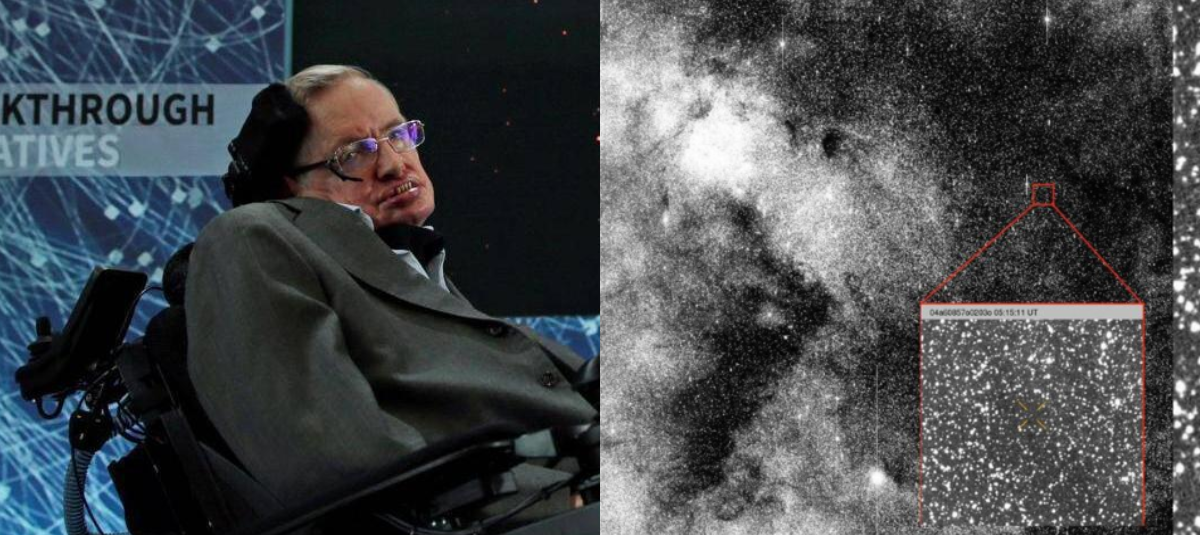Comet 3I/ATLAS continues to attract attention, now it has increased its speed even more: how many kilometers per hour is it traveling through space?

After the discovery of comet 3I/ATLAS on July 1, scientists and astronomy enthusiasts have set their sights on this mysterious interstellar object, which so far has been the third visitor from another star system.
3I/ATLAS is only the third confirmed object of its kind, following in the footsteps of 'Oumuamua (2017) and 2I/Borisov (2019). However, this new visitor has left experts speechless due to its high speed and the object's unique characteristics.
The sudden change of speed
In July, the Hubble telescope captured an image of the interstellar comet 3I/ATLAS. Photo: NASA
NASA confirmed that object 3I/ATLAS experienced a slight additional "acceleration" or "push" that altered its expected path, and this phenomenon cannot be explained solely by the gravitational pull of the Sun.
The object, which many scientists identify as a comet, set a record as the fastest space rock detected by humans entering the solar system , exceeding 209,215 km/h. After reaching its closest point to the Sun on October 29, its speed has now skyrocketed to approximately 244,620 km/h.
This trajectory indicates that the object is moving too fast to be held by the Sun's gravity, NASA explained.

It will be in orbit around Mars and close to the sun from October 30th until December of this year. Photo: NASA
Although NASA maintains that solar gravity is the main factor in the increase in speed of 3I/ATLAS , scientists have found it more difficult to determine the exact cause of the object's deviation from the Sun's proximity.
Is 3I/ATLAS a UFO? If 3I/ATLAS were an ordinary comet, the heat from our star would cause this icy space rock to melt , expelling jets of gas trapped inside, a phenomenon that can usually change the direction of the comet.
However, Harvard physicist Avi Loeb noted that astronomers are still waiting to find evidence that 3I/ATLAS has released a minimally sufficient amount of gas to confirm that the object is, in fact, a comet.

3I/ATLAS will reach its closest point to Earth in December. Photo: NASA
And with just six weeks until the celestial body reaches its closest point to Earth, Loeb added that if no cloud of gas is detected emanating from the object, this would be a clear indication that the recent increase in speed was powered by a rocket engine of extraterrestrial origin.
Scientific interest in 3I/ATLAS has been so high that multiple NASA assets, including the Hubble Space Telescope and the James Webb Space Telescope , have been deployed for intensive observation.
As December approaches, astronomers around the world fine-tune their instruments to ensure they don't miss a single detail. Humanity, once again, looks to the skies for answers.
Perhaps 3I/ATLAS will not bring messages from other beings or signals of distant technology . But its passage will remind us that every fragment of dust, every trace of light that crosses space, is also an open question about our place in the universe.
LATEST NEWS EDITORIAL
eltiempo





